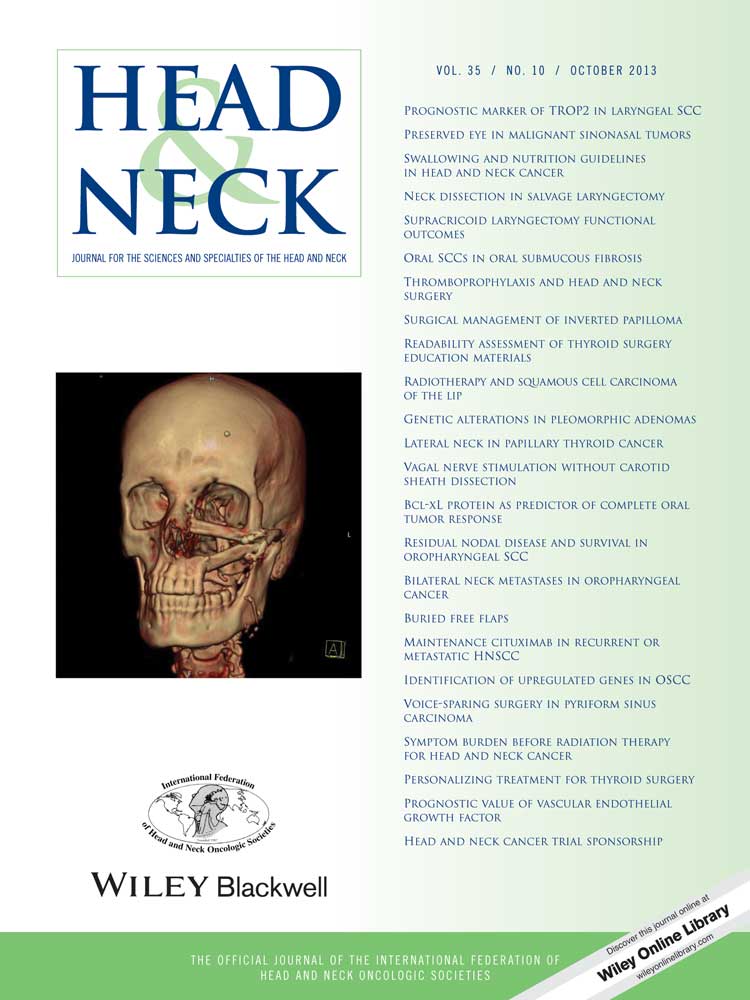Primary squamous cell carcinoma of the thyroid gland: A case report and review†,‡
†This article is a U.S. Government work, and as such, is in the public domain in the United States of America.
Author disclosure statement: The views expressed in this article are those of the authors and do not reflect the official policy of the Department of the Army, Navy, the Department of Defense, or the United States Government. We are military service members (or employees of the United States Government). This work was prepared as part of our official duties. Title 17 U.S.C. 105 provides the “Copyright protection under this title is not available for any work of the United States Government.” Title 17 U.S.C. 101 defines a United States Government work as a work prepared by a military service member or employee of the United States Government as part of that person's official duties. We certify that all individuals who qualify as authors have been listed; each has participated in the conception and design of this work, the analysis of data (when applicable), the writing of the document, and/or the approval of the submission of this version; that the document represents valid work; that if we used information derived from another source, we obtained all necessary approvals to use it and made appropriate acknowledgments in the document; and that each takes public responsibility for it.
Abstract
Background
Primary squamous cell carcinoma (SCC) of the thyroid gland is a rare malignancy that presents with advanced disease and poor prognosis.
Methods
A 75-year-old woman with a history of Hashimoto thyroiditis presented with 6 months of dysphagia and stridor. Imaging revealed a thyroid mass invading the larynx. Primary SCC of the thyroid was diagnosed by histopathologic and immunohistochemical evaluation. Total thyroidectomy, total laryngectomy, bilateral modified neck dissection, and adjuvant radiotherapy (RT) were performed. Radiologic follow-up at 21 months demonstrated no disease and total length of survival was 31 months.
Results
Despite an aggressive T4aN0M0 tumor, survival in this case was more than double the median survival rate previously reported. Concomitant Hashimoto thyroiditis is rare and histopathologic and immunohistochemical evaluation is imperative for an accurate diagnosis.
Conclusion
The case and literature reported here support that a thorough diagnostic workup of primary SCC of the thyroid with aggressive locoregional surgery and adjuvant RT may improve the length of survival. © 2012 Wiley Periodicals, Inc.† Head Neck 35: E299–E303, 2013




